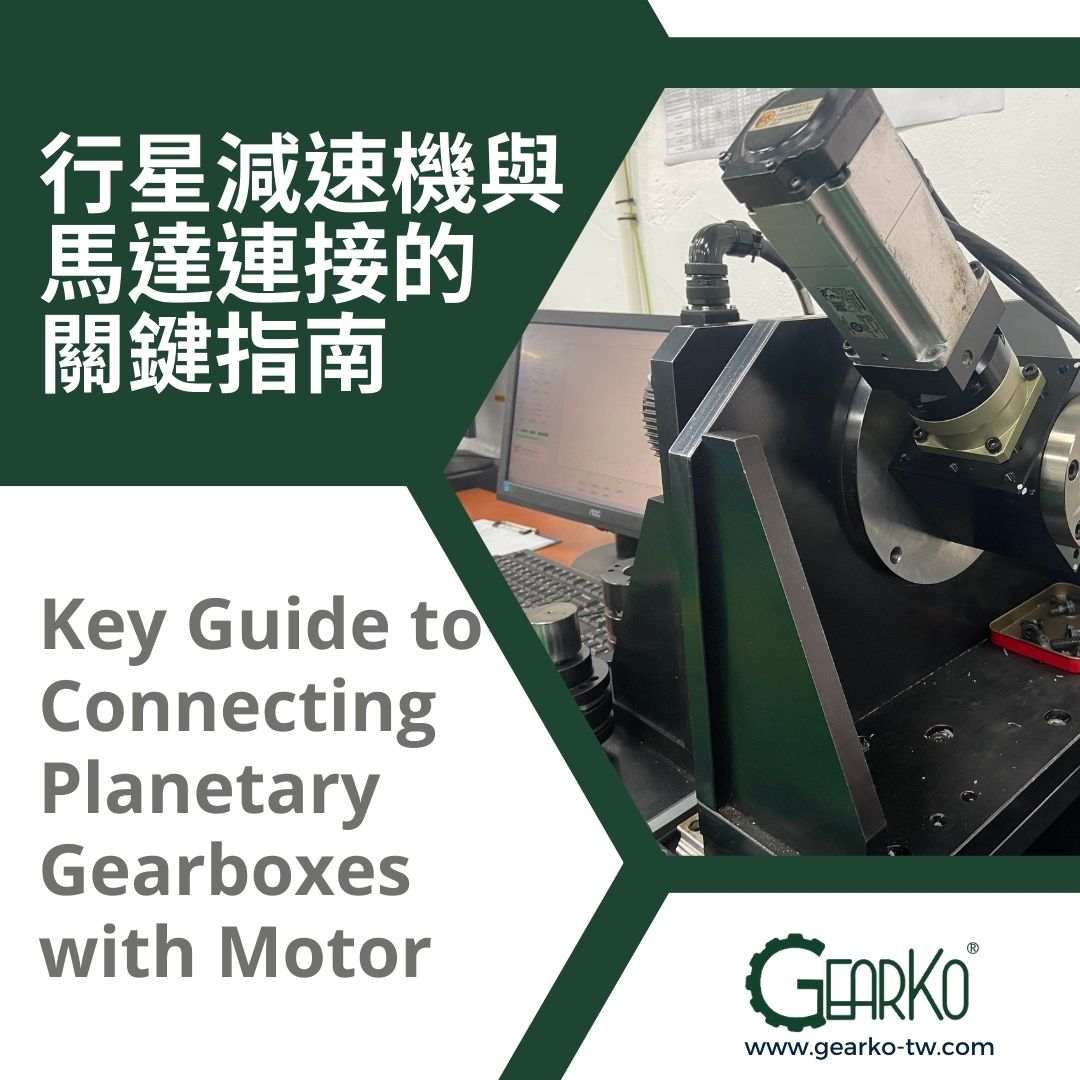2024.11.15
Key Guide to Connecting Planetary Gearboxes with Motors

Planetary gearboxes are widely used mechanical transmission devices, commonly found in various types of machinery, automation systems, food processing equipment, and conveyor systems across multiple industries. Proper selection and use of planetary gearboxes rely on understanding their main parameters. This article introduces the key parameters of planetary gearboxes, especially focusing on important points to consider when connecting them to a motor.
Planetary gearboxes, known for their high precision, compact structure, high transmission efficiency, and wide range of reduction ratios, are widely used in stepper motors, servo motors, and precision transmission systems. Their primary function is to ensure precise equipment transmission by reducing the rotational inertia ratio of the load to the motor, while increasing torque through reduction.
When connecting a planetary gearbox to a servo motor, the most important step is to confirm the relevant parameters and select the appropriate model. Typically, the following points need to be verified:
1. Rated Output Torque: The motor’s rated output torque multiplied by the reduction ratio gives the gearbox’s output torque, which should not exceed the gearbox's rated output torque. Additionally, acceleration torque should be considered. For work cycles with less than 1,000 occurrences per hour, short-term maximum torque is permissible; however, for cycles exceeding 1,000 times, impact load must be considered.
2. Rated Input Speed: The driving speed of the planetary gearbox is typically consistent with the motor speed. The rated input speed discussed in this article is based on a test environment with an ambient temperature of 20°C. In higher temperature conditions, it is recommended to appropriately lower the speed.
3. Allowable Input Shaft Diameter: The gearbox’s input shaft bore and motor output shaft are usually connected through an adjustable-thickness coupling. When not using the coupling, the input shaft bore diameter of the gearbox is at its maximum.
After confirming these main parameters, you can select the appropriate model of the planetary gearbox. Smaller diameter gearboxes can pair with larger diameter motors, and vice versa; selecting the correct connecting flange is essential to ensure proper motor and gearbox connection.
Selection of a planetary gearbox can be evaluated from the following four aspects: the ratio of motor speed to final output speed, the ratio of final output torque to motor torque, the ratio of mechanical inertia to motor inertia, and the rated torque of the servo motor. Finally, choose the required precision level and verify the motor-gearbox installation fit based on the drawings. Following these steps to select a gearbox can optimize its performance and achieve the best transmission effect for the equipment.
Proper selection of the planetary gearbox and correct connection with the motor are critical for ensuring stable operation and improving transmission efficiency of the equipment. Following the above guidelines to choose a planetary gearbox will help you achieve optimal transmission results. If you have any questions or need further technical support, please feel free to contact GearKo Taiwan—our professional team is always at your service.